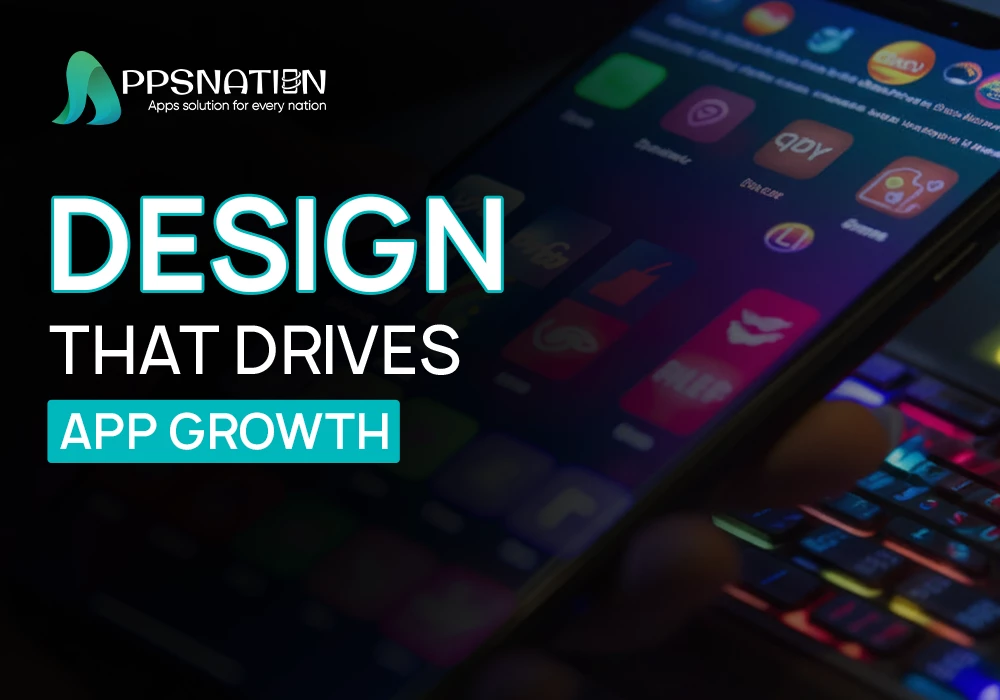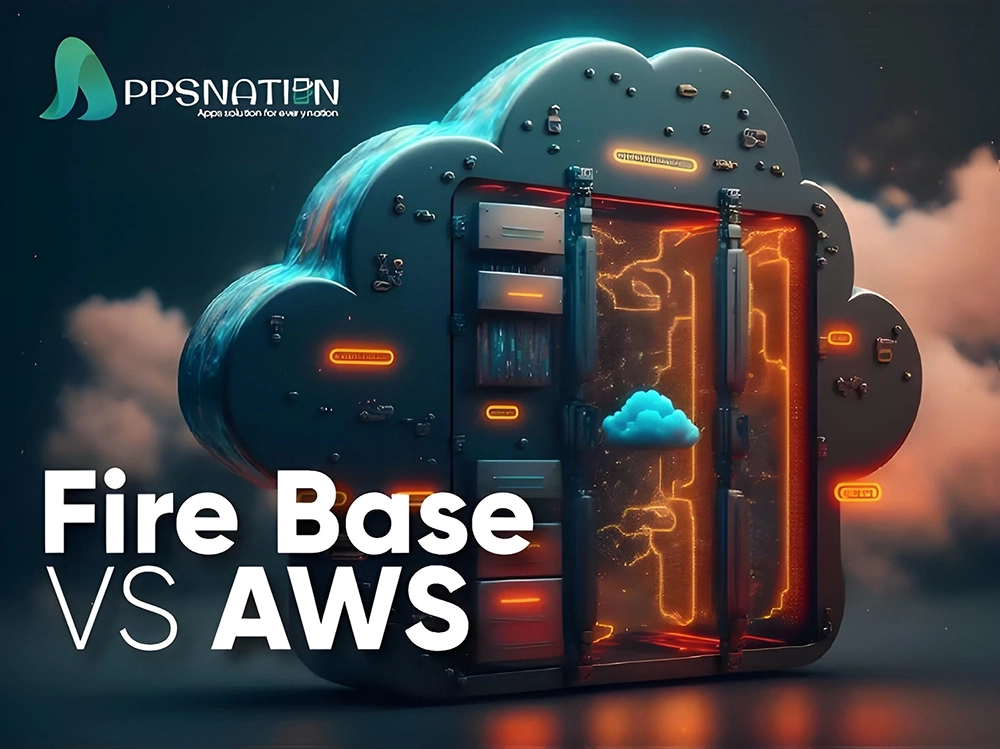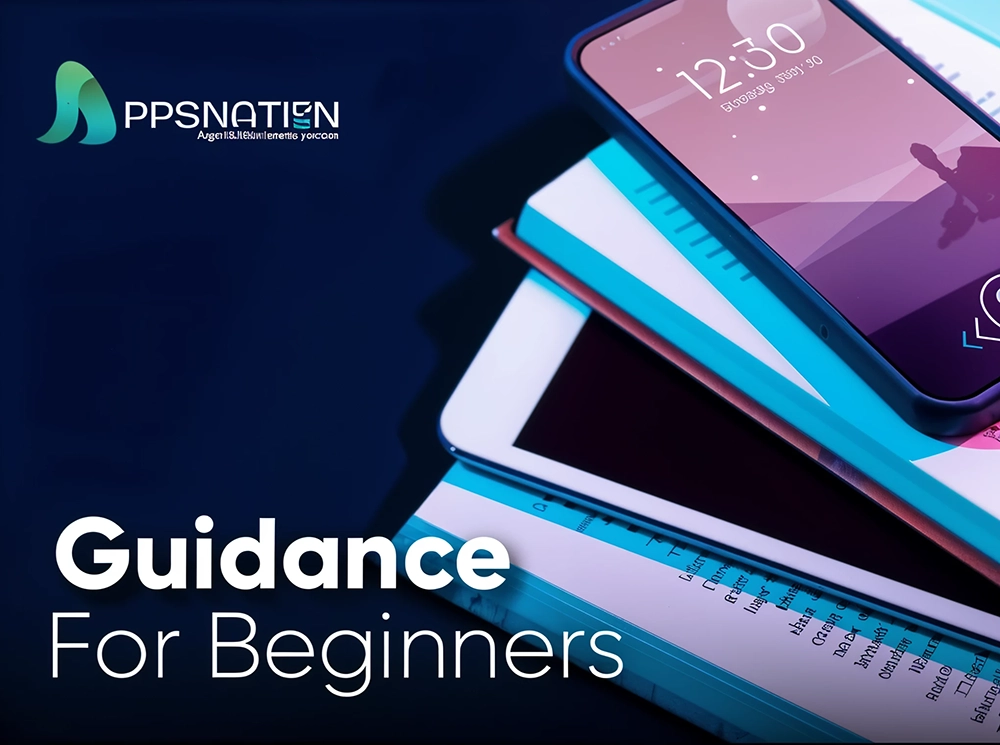Building an app is thrilling; monetizing it? That’s where it gets tricky. However, with millions of apps out there, determining the right app monetization strategy can be the key to long-term success. By familiarizing yourself with the various strategies out there, you’ll be better able to choose the one that’s right for you, whether you’re just launching your first app or trying to increase revenues. In this article, we’ll discuss app monetization strategies, including in-app purchases, subscription-based apps, freemium app models, ad-supported apps, sponsored content in apps, etc.
1. In-App Purchases: A Direct Revenue Stream
App users make in-app purchases to buy digital goods, app upgrades, or special features. This model is effective for gaming apps, productivity tools, and social platforms.
Pros:
- You can make direct revenue from engaged users.
- Encourages repeat spending.
Cons:
- Needs a lot of users to be effective
- Without apparent value, they may be reluctant to pay.
2. Subscription-Based Apps: Reliable Recurring Income
For subscription (based) apps, users need to pay a periodic (monthly or annual) fee to open premium features or content. This kind of model is a staple of fitness apps, streaming services, news apps.
Pros:
- Offers a reliable source of income.
- Builds a loyal user base.
Cons:
- If users find that ongoing value is lacking, they may cancel.
- Regular need to refreshing content to keep subscribers.
3. Freemium App Models: Balance Between Free & Paid Features
Freemium App Model: A freemium app model provides a basic free version while charging for advanced features or premium content. Widely used in gaming and productivity apps, this approach appeals to many people while turning free users into pay customers.
Pros:
- Free on-boarding which drives user acquisition.
- Turns active users into customers.
Cons:
- A tiny fraction of users upgraded to premium.
- It requires strong incentive for users to pay
4. Ad-Supported Apps: Monetizing Through Advertisements
Ad-supported apps make money by showing ads in their app. This consists of banner ads, video ads, and interstitial ads. Apps with a high DAU (daily active users) can reap the most benefits.
Pros:
- User and downloads increase and free of cost.
- Handles large scale users well
Cons:
- If the number of ads exceeds certain thresholds, users may even feel irritated.
- Less revenue potential for apps with small audience.
5. Sponsored Content in Apps: Partnering with Brands

Paid partnerships with brands for cross-promotion in apps. This method suits lifestyle, travel, and news apps.
Pros:
- Provides an extra source of income.
- If naturally done, can take user experience to next level.
Cons:
- Needs to collaborate with advertisers.
- Not applicable to every type of app.
6. Premium App Downloads: One-Time Purchase Model
With premium apps, users will pay a one-time fee to download the app. While less common today, this model remains suitable for quality apps.
Pros:
- Every download nets you instant revenue.
- We don’t rely on ads or extra purchases.
Cons:
- Users have an increased barrier to entry.
- More difficult to gain downloads than free apps.
7. Affiliate Marketing in Apps: Earning Through Referrals
You can also earn a commission by promoting other products or services through them with affiliate marketing in apps. For instance, an e-commerce app could link to affiliated stores.
Pros:
- Indirect sales: decide if you want to offer them a store.
- Good for content based apps
Cons:
- It may need relevant partnerships.
- Can feel very intrusive if not done correctly.
8. Data Monetization via Apps: Using User Insights
Legit apps have different revenue models; one awesome one is data monetization collecting anonymous user data (with their consent) and selling the insights to businesses.
Pros:
- Does not charge users while generating revenue.
- Great source for research analytics field.
Cons:
- Users may not want this due to privacy concerns.
- Needs open human eye and corporate responsibility
9. White-Label App Opportunities: Selling Your Platform
With white-label app opportunities, businesses create an app; they sell a rebranded version to other companies.
Pros:
- High-profit potential.
- Enable scalable with multiple clients
Cons:
- Flexible requires strong development capabilities.
- Remediation and support can be resource-intensive.
10. Reward-Based Ads: Encouraging User Interaction
Reward-based ads provide users with incentives (like additional lives in a game) for viewing an ad.
Pros:
- Increases ad engagement.
- Users willingly engage with the advertisements, minimizing annoyance.
Cons:
- Balancing act that has to be managed to preserve user experience.
- Works best with gaming and entertainment apps.
11. Pay-Per-Install Campaigns: Partnering with Advertisers
App developer are compensated in pay-per-install campaigns when users download promoted apps through their app.
Pros:
- Easy to integrate.
- Best for high-traffic apps.
Cons:
- Depends on demand from outside advertisers.
- Cannot ensure a steady stream of income..
12. In-App Currency Options: Driving Virtual Transactions
In-app currency offers a popular option for monetizing users is through in-app currency, which allows users to buy coins or tokens for use in the app itself, and it is common in gaming and social platforms.
Pros:
- It promotes repeat transaction.
- Enhances user engagement.
Cons:
- Well, that all requires some degree of engagement to work.
- Users might balk at paying real money.
13. Subscription Tier Strategies: Offering Multiple Plans

Use a subscription tier strategy: with higher and higher levels of access granting access to premium features.
Pros:
- Has multiple price points that appeals to a wide variety of audience
- Enables loyalty of customers in the long run.
Cons:
- Needs to price thoughtfully for best conversions.
- Users can downgrade to less expensive tiers.
14. Partnered Promotions: Using Business Collaborations
Partnered promotions are where you collaborate with other businesses to provide exclusive discounts, coupons, and package deals through your app.
Pros:
- Enhances user value.
- It helps to strengthen business relationships.
Cons:
- Needs to manage active partnerships.
- Must be directed at the right people to work.
15. Licensing Your App Platform: Selling Access to Your Tech
By licensing your app platform, businesses allow access to their app infrastructure for a fee so that other companies can use it.
Pros:
- Generates consistent revenue.
- Ideal for SaaS and B2B apps.
Cons:
- Requires a strong tech infrastructure.
- Requires regular support and updates.
With licensing your app platform, businesses grant access to their app infrastructure for a fee, allowing other companies to use it.
Pros:
- Generates consistent revenue.
- Ideal for SaaS and B2B apps.
Cons:
- Needs strong tech infrastructure.
- Requires ongoing support and updates.
Final Thought
The app monetization strategy you use will depend on your app type, audience, and revenue goals. So, whether you go with in-app purchases, subscription-based app ideas, app ideas with a freemium model, app ideas with ads, content sponsorship in-app, etc, the ideas remain the same — serve value and generate revenues.
If generating sustainable revenue is more your speed, consider subscription tier strategies (with tier bump based on usage), partnered promotions, or potentially licensing your app platform. If you want to earn quickly, reward-based ads and pay-per-install campaigns will be effective. Such a strategy ensures long-term success but whatever you choose, focus on user experience as the nucleus of your decision-making.





